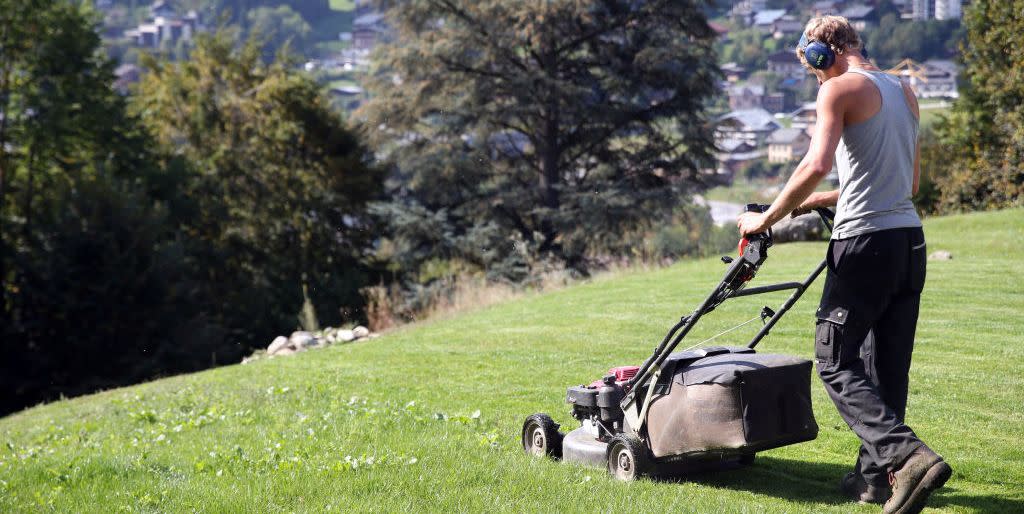Do I Need To Change My Lawnmower Blades?

If you want to make your life a lot easier this spring and summer, buy a spare blade for your walk mower. Here's why.
Know the Types of Blades
Broadly speaking, blades are designed to bag, discharge or mulch. No single blade can do all of those perfectly, but manufacturers have developed combination blades that do two out of the three pretty well. So when you buy a blade, pay attention to the manufacturer’s specs. For example, If most of your mowing is mulching, but you rarely bag, buy a mulching blade or a combo mulch/bagger.
Why You Should Keep Spare Blades Around
The wear and tear on a blade is considerable and if all you have is a single blade, you’ll probably find yourself running a dull blade. It’s human nature. You’ve got a lawn to mow and other work (or fun things) to do, so it’s only natural to put off sharpening. But changing out a sharp blade is pretty simple and only takes a few minutes. Then you can sharpen the dull blade when you get a few minutes.
The hits just keep on coming. I patrol grass before I mow it to clear the area of rocks and garbage and I still hit stuff. Once, somebody threw a Coke bottle that bounced its way under the edge of a shrub. I never saw the bottle but I heard it, as soon as the blade sucked it up. That blade was toast.
Stay sharp. Having a spare means a sharp blade on hand and ready to go at a moment's notice. This way you can cut grass for a few weeks and then swap the blade when you have a few spare minutes. Save the chore of blade filing or sharpening for a rainy afternoon or an evening.
Spread out the wear. Having spare, sharp blades allows you to distribute the wear. That way you’re not working one mower blade to death. And a sharp, well-balanced blade is easier on your mower because the mower doesn’t have to work as hard if the blade is sharp.
Your grass will thank you. A sharp blade is a simple thing you can do to improve grass health. Grass losses less moisture through a neatly-cut leaf as opposed to one with a ragged tip. Also a spare dedicated mulching blade will contribute to lawn health by contributing to maximum mulch action and deposit.
Come fall, you’ll thank us. Why? If you get a combination blade or a dedicated bagging blade, you’ll be able to better pick up leaves with your mower. Conversely, a dedicated mulching blade helps mulch leaves into your lawn.
A Word About Sharpening
Most of the time, all you need to sharpen a blade is to refresh its edge with a file and then suspend it from its center on a nail driven into the edge of your work bench or a wall stud to check it for balance. A blade that’s been damaged can be sharpened on a bench grinder. This requires a bit of practice, so that you don’t remove too much steel.
A file like this is all you need:
This Stens blade balancer is a bit more accurate than the ol’ “hang it on a nail” trick.
A Few Great Mower Blades To Choose From
First: Before you buy any blade for your mower, check the blade manufacturer’s data to be sure that it fits your model mower. Then, decide what type you need.
Basic mulching blade: Nothing fancy here, a basic mulching blade with enough lift to keep grass particles suspended and recut. Fits a wide range of mowers.
Aggressive mulching blade: Maxpower’s blade has increased surface area and a design that promotes a centrifugal air pattern to increase mulching action.
High-lift blade: A high-lift blade produces airflow to push grass clippings into a bag or out the discharge chute. If you routinely side discharge, this is your blade. It’s also good in the fall if you side discharge leaves or bag them.
You Might Also Like

